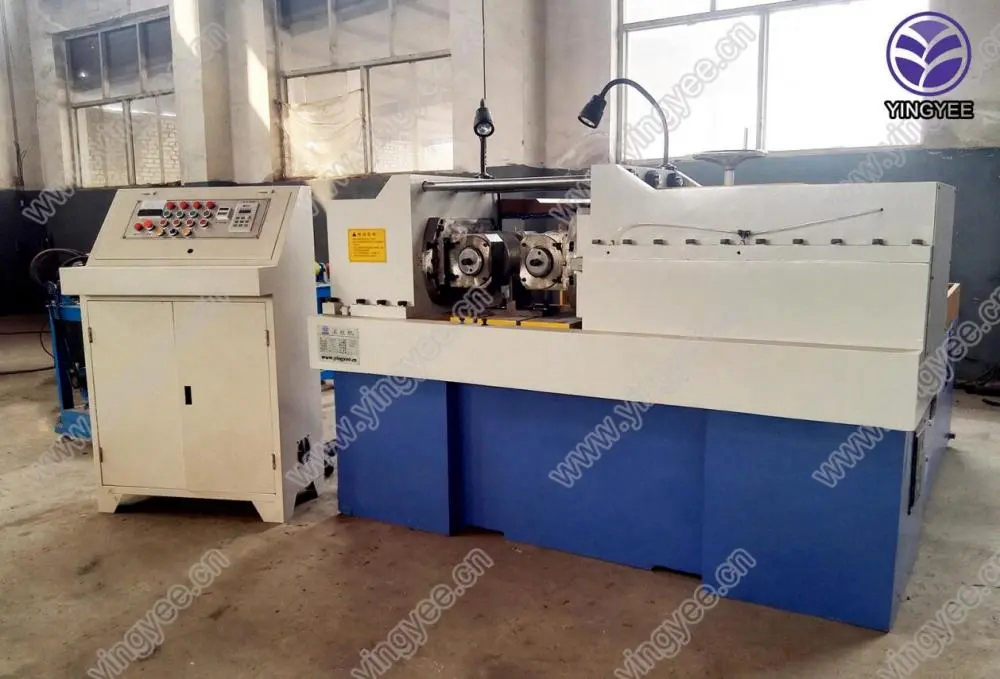
Understanding Metal Roll Forming Machines
Metal roll forming machines are essential tools in the manufacturing industry, primarily used to create various metal products with precision and efficiency. These machines utilize a continuous bending operation where a long strip of metal, usually in the form of a coil, is passed through a series of rollers to produce a desired cross-section profile. This process results in strong, lightweight components that are widely used in construction, automotive, and aerospace industries, among others.
The Roll Forming Process
The roll forming process begins with the preparation of metal sheets or coils, typically made of steel, aluminum, or other metals. The metal is first fed into the machine, where it is shaped progressively as it passes through a set of rollers. Each roller is designed to bend the metal slightly, gradually forming it into the desired shape with each pass. This method is not only efficient but also minimizes material waste, making it an economically viable option for large-scale production.
One of the key benefits of using a metal roll forming machine is its ability to create complex shapes with consistent accuracy. The designs can range from simple angles and channels to intricate profiles with multiple curves and bends. Moreover, modern roll forming machines are equipped with advanced technology, including computer numerical control (CNC), allowing for greater precision and flexibility in production. This technology facilitates easy changes in design without the need for significant downtime or reconfiguration of the equipment.
Applications of Metal Roll Forming
Metal roll forming is widely used in various industries, showcasing its versatility. In construction, for instance, it is employed to make framing components, roofing panels, and wall cladding. These products not only provide structural integrity but also contribute to the aesthetic appeal of buildings. The automotive industry also relies on roll-formed components for parts such as reinforcements, brackets, and structural members that require high strength-to-weight ratios.

Moreover, the aerospace sector utilizes roll-formed metal in the production of fuselage skins, wing structures, and other critical components where weight reduction is crucial. The precision and durability of roll-formed products make them ideal for such high-performance applications.
Advantages of Roll Forming Technology
The advantages of metal roll forming machines are numerous. First and foremost, the process allows for high production speeds, making it suitable for mass production. Once set up, a roll forming line can produce thousands of feet of product per hour, which significantly reduces manufacturing time and labor costs.
Additionally, roll forming machines are known for their ability to maintain tight tolerances, which ensures that parts fit well and function as intended in their applications. This accuracy is particularly important in industries like automotive and aerospace, where even minor discrepancies can lead to significant issues.
Furthermore, the roll forming process is environmentally friendly as it generates less waste compared to traditional manufacturing methods. The continuous motion of feeding the metal through rollers minimizes off-cuts and scrap, resulting in a more sustainable manufacturing process.
Conclusion
In summary, metal roll forming machines play a vital role in modern manufacturing. Their ability to efficiently produce high-quality, precision-engineered metal components makes them invaluable across a wide range of industries. As technology evolves, we can expect further advancements in roll forming techniques, enabling even greater efficiency and sustainability. Whether in construction, automotive, or aerospace, the impact of roll forming technology will continue to shape the future of metal fabrication. Businesses looking to enhance productivity and reduce costs would benefit greatly from investing in metal roll forming machines, ensuring their competitiveness in an ever-evolving market.